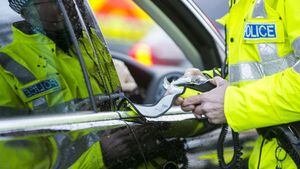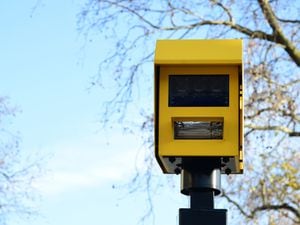Drug-driving crackdown sees dangerous motorists taken off UK roads
New laws on drug driving result in rise of conviction rates

New and tougher drug driving laws have led to a rise in conviction rates.
A new law introduced in 2015 means driving with certain drugs in the body — which includes eight illegal drugs and nine prescription drugs — above specified limits can result in severe penalties for drivers.
They include potentially losing their licence for a minimum of one year, fines of up to £5,000 and — in extreme cases — even jail sentences.
Before new law was brought in, police would have to gather evidence of a driver’s impairment, such as having a medical opinion before taking a drugs screening at a station.
Now, forces have access to improved equipment and can test for illegal drugs without needing prior evidence.
In its first year, the law resulted in 1,442 motorists being convicted for offences including attempting to drive, being in charge of a vehicle and causing death after exceeding the illegal drug limit.
Drivers screened for suspected drug-driving were 94 per cent male, with 64 per cent of all the motorists aged between 16 and 29.
Chief Constable Anthony Bangham, national police chiefs’ council lead for roads policing, said: “Targeted legislation against drug-driving in March 2015 has made it much easier for police to consistently identify those driving under the influence of drugs.
“This change in law has enabled us to prosecute thousands more dangerous drivers who may have previously escaped detection yet still presented a very serious threat to other road users.
“Far too many people still attempt to drive under the influence of drugs. We are better prepared to catch them than ever before and will ensure that they face the full penalty of law.”





